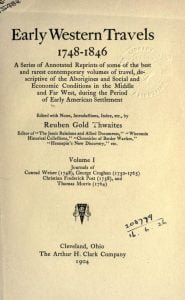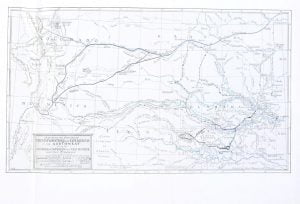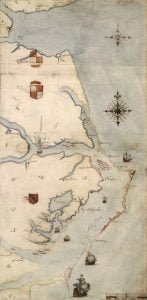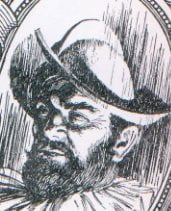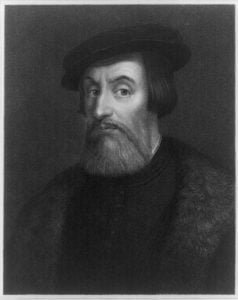Early Western Travels, 1748-1846
Early Western Travels, 1748-1846 comprises thirty-one volumes which contain accurate reprints of rare manuscripts. They were carefully chosen from the mass of material descriptive of travels in the North American interior which this century of continental expansion (1748-1846) provided, and no manuscript has been included unless it possessed permanent historical value. The result is a series which the casual reader will find interesting, and the historian, teacher and scholar, will find invaluable, as it makes available sources of information without which the development of the West, its history and its people cannot be fully understood. The editor has provided numerous footnotes and an introduction to each volume which contains a biographical sketch of the author, an evaluation of the book reprinted and bibliographical data concerning it. The closing volumes are devoted to a complete and exhaustive analytical index to the entire series.

